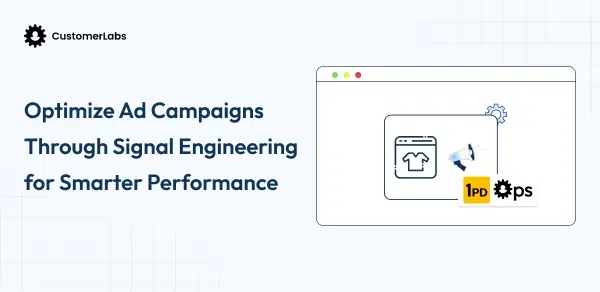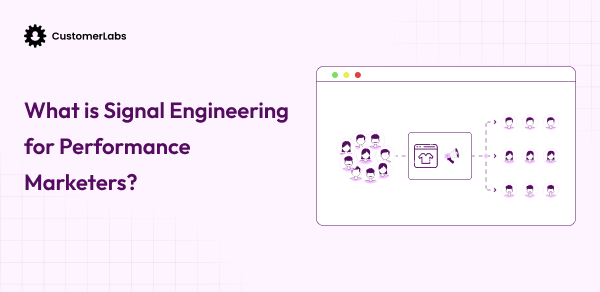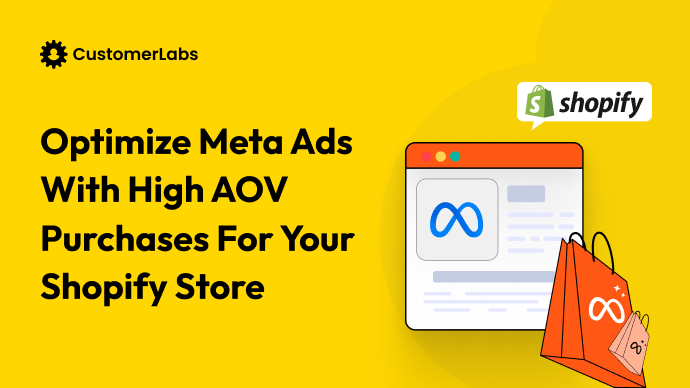This is the blog that I was talking about previously. If you are a marketer who wants to implement the techniques of signal engineering in your ad campaigns, it might sound like a complicated subject matter to you.
And the challenge? Most businesses can’t turn these raw signals into actionable insights without drowning in complexity.
This blog will walk you through how exactly we engineered the signals using just one effective setup. And also shed light on the steps and strategy executed for this brand and reveal how proper signal engineering creates scalable growth systems that work while you sleep.
But before we begin, I’d advised you cover what is signal engineering and look into the checklist to optimize your ad campaigns so that you can relate better as you read through this blog.

Ready to turn your data chaos into a competitive advantage? Let’s break down exactly how signal engineering works in the real world.
The Core Challenge: Signals Become Static
Every touchpoint your customers make with your brand generates signals: website visits, email clicks, social interactions, and purchase behaviors.
The problem? These signals are scattered across different platforms, speaking different languages, and creating a mess.
Since your attribution looks blurry, your ROAS calculations are based on incomplete pictures. You’re making budget decisions with one hand tied behind your back because the signals that should guide your strategy are buried in complexity.
The Solution That Changes Everything
This is where signal engineering using 1PD Ops transforms everything. 1PD Ops doesn’t just collect your first-party data; it engineers your signals into actionable intelligence.
Think of it as taking all those scattered puzzle pieces and not only putting them together but also creating a picture, a unified view of how your customers actually behave across their entire journey.
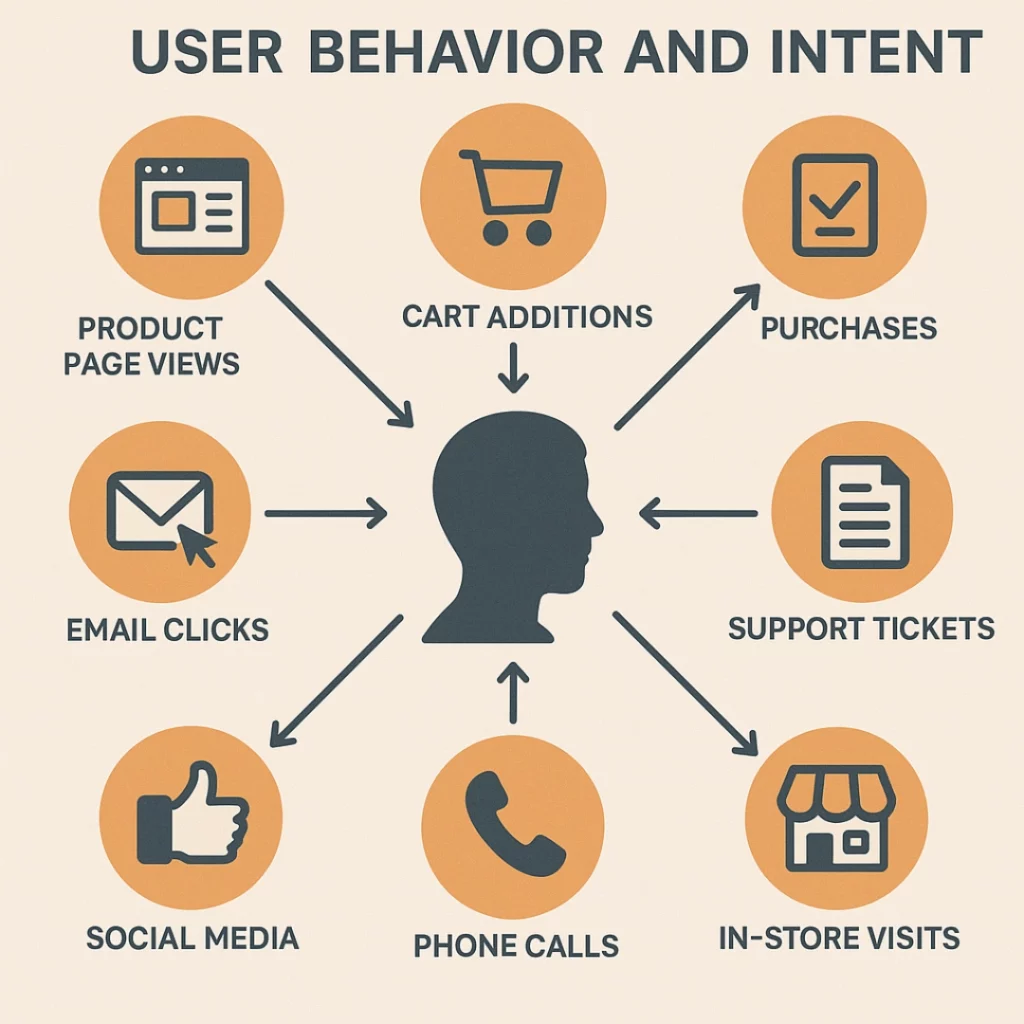
Ready to See It in Action?
The transformation happens faster than you think, and the results speak for themselves. You are about to walk through exactly how signals are engineered using 1PD Ops, step by step, so you can see how this approach turns data chaos into growth clarity.
A Story of a Brand that Struggled with Signal Gaps
One of our clients, a high-value product brand whose identity we can’t disclose due to NDA restrictions, faced a roadblock that many ambitious eCommerce marketers will find painfully familiar.
On the surface, everything seemed fine. Their ads were running, campaigns were optimized, and Shopify’s native Conversions API was in place. But behind the scenes, the signals feeding their ad platforms were fractured. Attribution was murky, events were dropping, and ROAS fluctuated wildly with every market high and low.
The real problem wasn’t the ad strategy—it was the quality of the signal powering it.
Instead of helping the brand sustain performance, the data setup kept them locked in firefighting mode: patching broken events one day, recalibrating budgets the next, and never quite feeling in control.
For a brand selling premium products where each conversion really matters, this wasn’t just a technical glitch. It was a growth ceiling.
And unless the signal pipeline was re-engineered from the ground up, they risked pouring more money into ads without the clarity or confidence that those dollars were driving sustainable returns.
Here’s what they were up against:
- Unreliable event tracking: critical purchase events often dropped or misfired, leaving ad platforms starved of data.
- Shaky attribution: campaigns looked profitable one week and underperforming the next, with no consistent read on ROAS.
- Signal blind spots: the brand couldn’t distinguish between high-value and low-value buyers, limiting their ability to scale efficiently.
From here on are the steps we did for this brand using 1PD Ops and fixed their signal gaps.

How this Brand Increased 117% Revenue by Optimizing Signals Using 1PD Ops
When this high-value product brand partnered with us, the challenge was clear: their Shopify CAPI setup wasn’t delivering the depth or reliability of data needed to sustain ROAS. Here’s how we re-engineered their entire signal pipeline with 1PD Ops.
Step 1: Collect (Raw Signals Captured)
We began by laying down a robust first-party data collection layer powered by server-side tracking.
Instead of relying on Shopify’s native CAPI, we set up a direct pipeline where every touchpoint—page views, product clicks, add-to-cart actions, checkout attempts, and completed purchases—was captured and transmitted server-to-server between the brand’s platform and their customers.
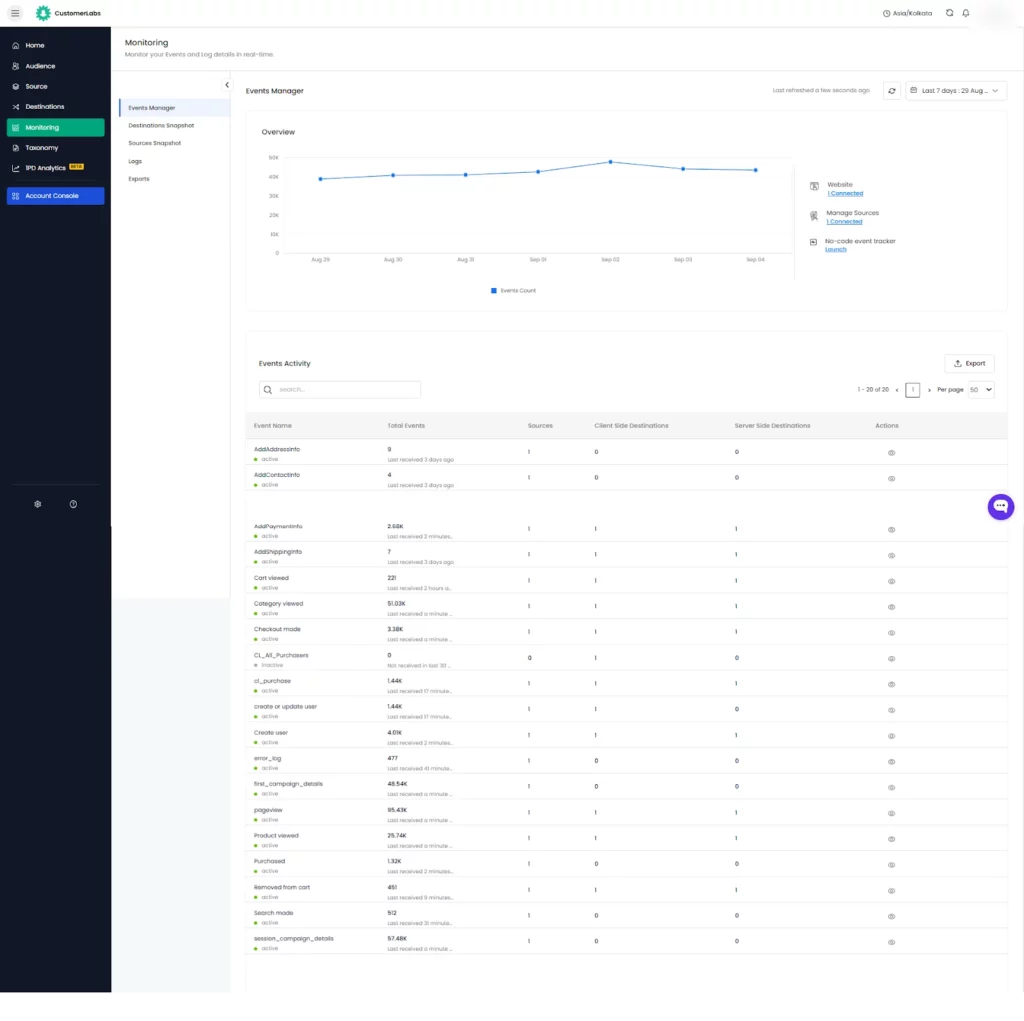
This shift was critical. By moving to server-side tracking, the brand cut out the fragility of browser-based methods.
No broken third-party cookies, no blocked scripts, no disappearing events after an iOS update. What they had instead was a future-proof, reliable stream of first-party signals under their complete ownership and control.
Step 2: Clean & Organize (Build the Foundation)
Next, we cleaned and structured the data so it could actually drive results. Customers rarely take linear paths—switching devices, clearing cookies, browsing across sessions—so we implemented:
- Deduplication of duplicate events like multiple “add-to-cart” actions.
- Consolidation of browsing sessions across devices.
- Identity resolution to merge emails, device IDs, and customer accounts into unified profiles.
- Standardization of event formats across every touchpoint.
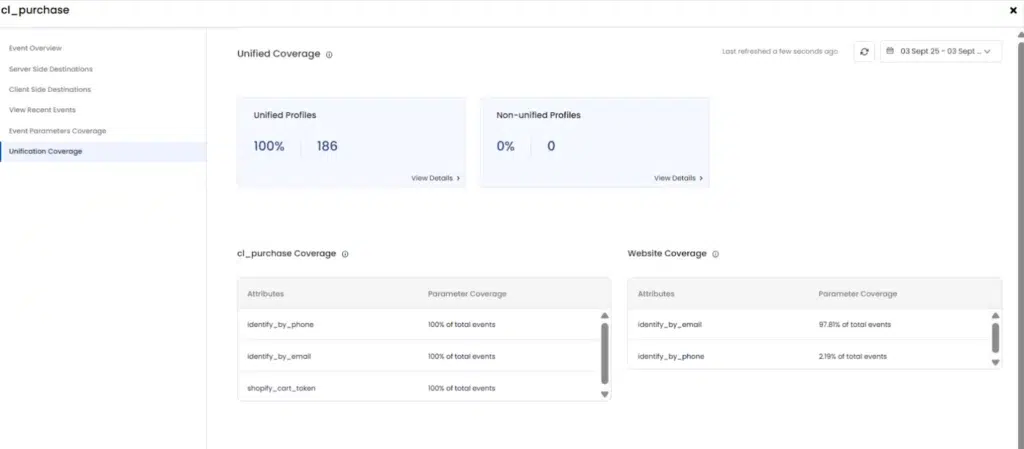
This turned fragmented signals into accurate, unified customer stories—something the brand never had before.
Step 3: Enrich (Make Signals Smart)
With the foundation in place, we transformed raw data into meaningful signals. Instead of sending “just purchase events,” we enriched signals with intelligence that ad platforms could optimize against.
For this brand, that meant creating custom events like
- AOV tiers: High-value customers (top 20% of purchase amounts), Mid-tier buyers (middle 60%), Low-AOV segments (bottom 20%)

- Product-level signals: specific collections, seasonal items, and cross-sell opportunities.
- Demographic + behavior blends: Gender-based targeting, age groups, geographic regions and purchase behavior patterns. E.g., “Low-AOV Male Purchase” or “High-Intent Repeat Visitor.”
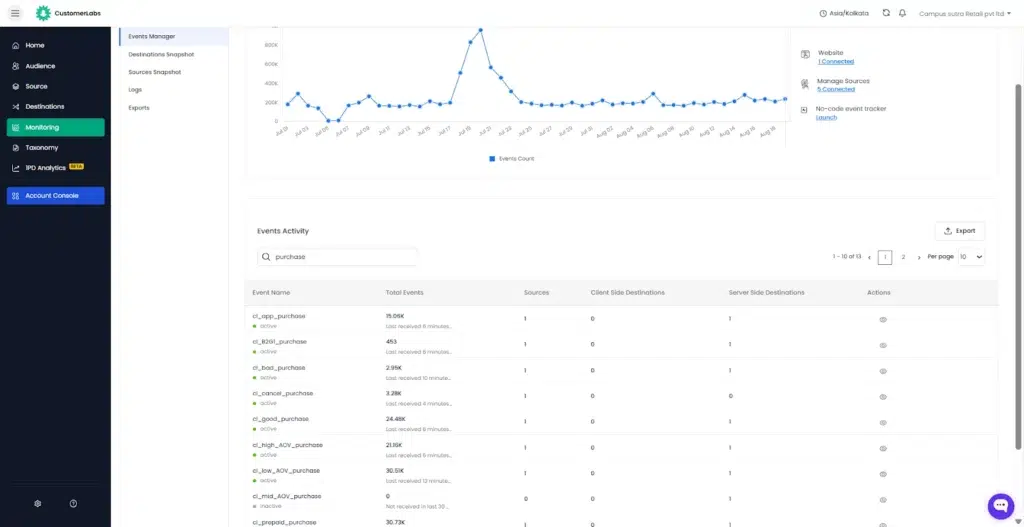
In practice, this gave their campaigns surgical precision. For example, one campaign specifically targeting low-AOV men delivered exactly that segment because the signals were enriched with purchase history and demographics, not just “purchases.”
Step 4: Orchestrate (Consistent Delivery Across Platforms)
Finally, we ensured these enriched signals flowed consistently across Meta, Google Ads, TikTok, and every channel the brand was running campaigns on.
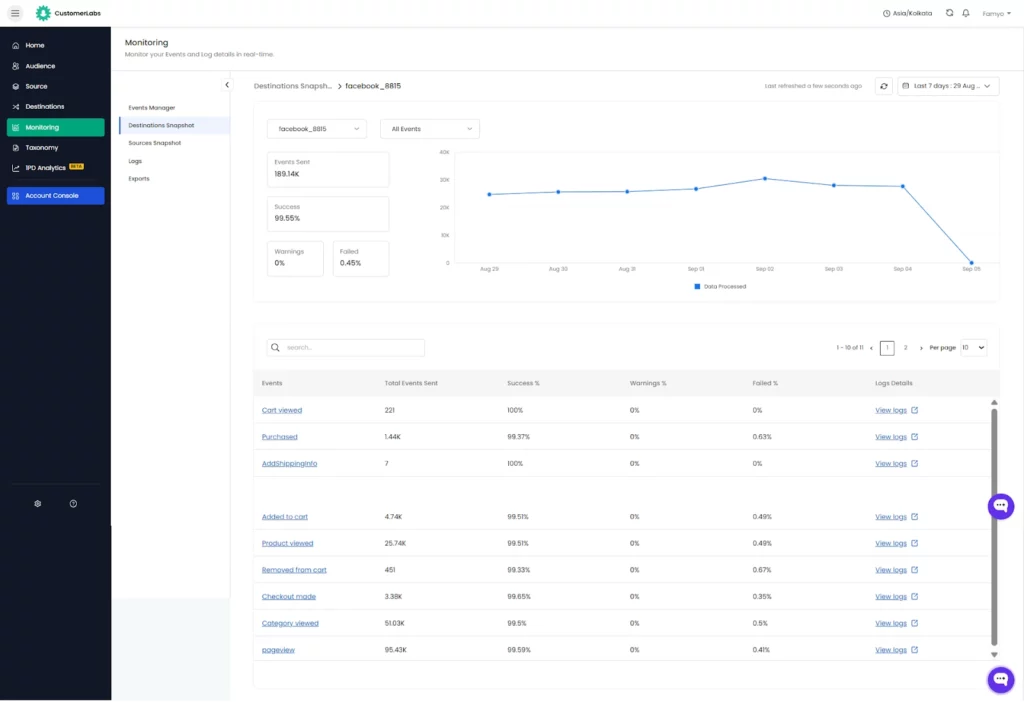
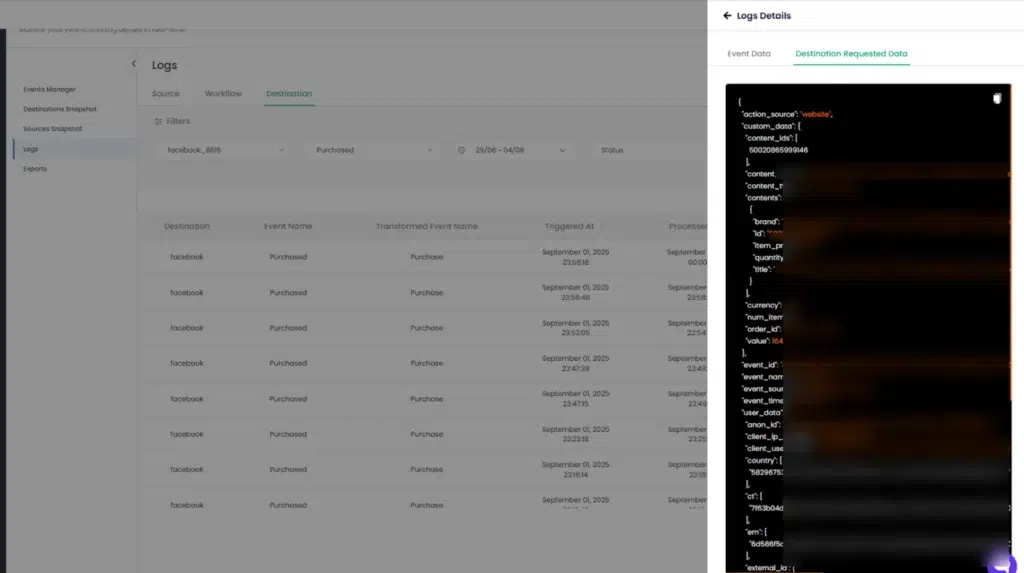
- Real-time syncing ensured platforms got updated customer data within minutes of a purchase.
- Built-in consent checks automated compliance with GDPR, CCPA.
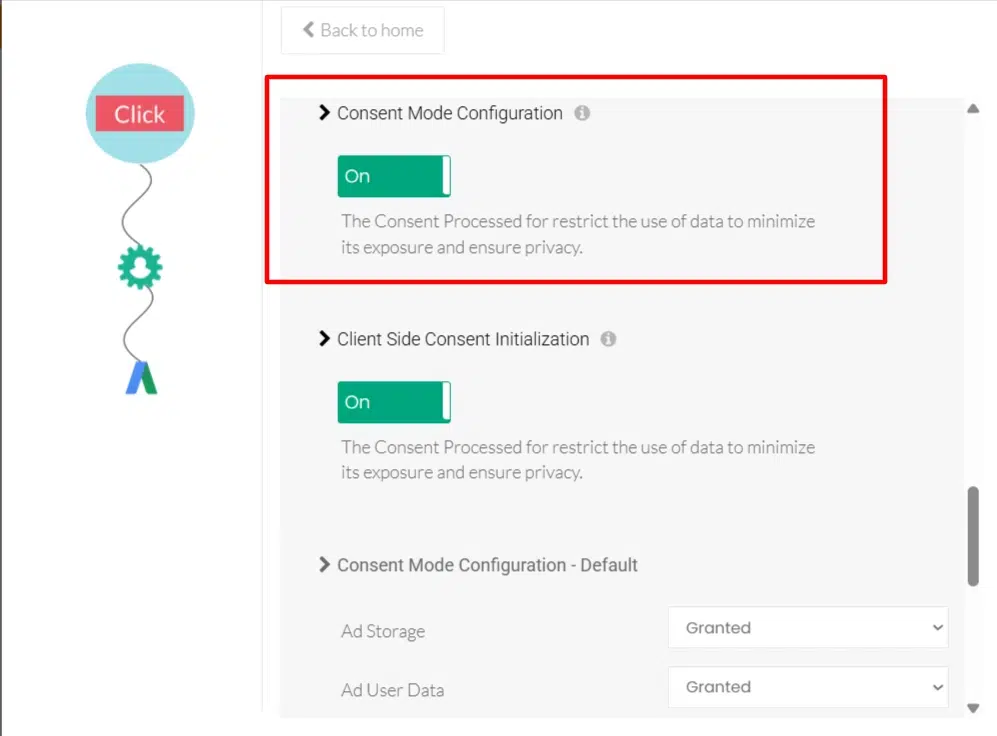
- Sensitive data filtering and hashing to be HIPAA compliant.
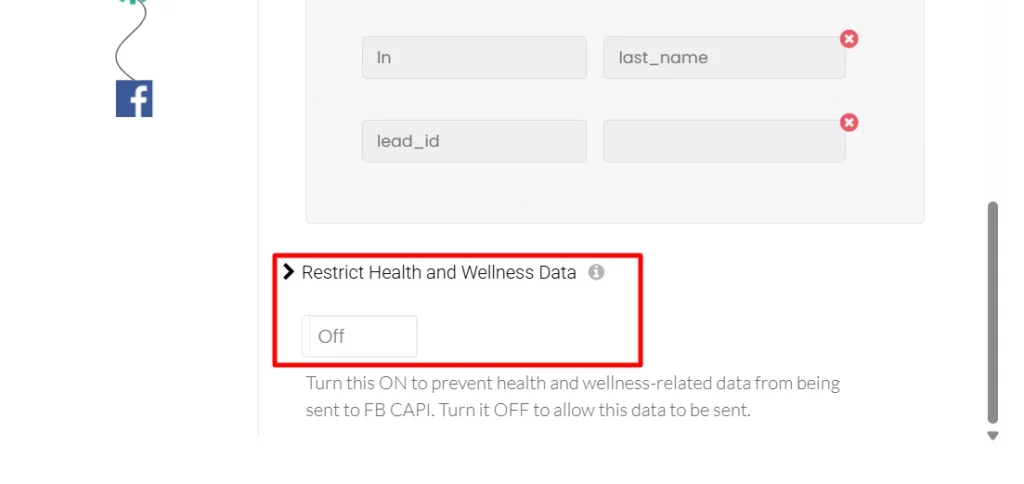
- Consistent segment delivery gave ad algorithms the stable, high-quality data needed to optimize faster.
This orchestration meant no more discrepancies between platform reports—and faster optimization cycles
The Transformation
The results spoke for themselves:
- 117% revenue uplift after switching from Shopify CAPI to 1PD Ops–enabled advanced CAPI and signal engineering.
- Improved the overall Event Match Quality Score (EMQ)
- Sharper audience targeting through micro-campaigns based on AOV tiers and behavioral segments.
- Continuous optimization loops, compressing learning cycles from weeks to days, even hours.

By moving away from generic purchase events to rich, contextualized behavioral signals, this brand gave ad platforms the clarity they needed. Instead of “guessing” at customer intent, algorithms now worked with complete, accurate, and intelligent signals—fueling scalable growth across every channel.

Conclusion: From Signals to Scalable Growth
Your Transformation Journey Comes Full Circle
When you implement signal engineering using 1PD Ops, you’re not just fixing a data problem; you’re fundamentally changing how your business grows.
Your return on ad spend doesn’t just improve—it transforms.
Where you once saw ROAS hovering around 3:1 or 4:1, you start seeing 6:1, 8:1, or even higher returns because your signals help platforms find your ideal customers faster and more efficiently.
Not just that, your customer acquisition costs stabilize and often decrease, even as market conditions become more challenging for everyone else.
This isn’t temporary growth; it’s sustainable, scalable expansion that compounds over time.
Ready to see how 1PD Ops can simplify your signal engineering and unlock revenue growth? Book a free consultation call now or we can kick-start by using 1PD Ops for free.
